Country and County: Strathclyde
The ancient king seat of Dunadd – capital of the kingdom of Dalraidia (Dal Riata) – rises out of the barren flatness of Crinan Moss, the raised bog floodplain of the meandering River Add. This rocky outcrop was the power base of the Scotti tribe, who invaded from Ireland around the 5th century AD.
The Kilmartin Valley is home to one of the most varied collections of prehistoric sites in the whole of Scotland. Bronze Age cairns, Neolithic chambered tombs, and enigmatic rock carvings, can all be found within a two-mile radius from Kilmartin village.
The ruins of this relatively little known abbey are remarkably intact, and stand in a part of Ayrshire steeped in history. As well as being historically interesting there are many enigmas associated with the abbey, which could well be worth further research. There may have been a Pictish site here, and some people suggest that the abbey may have a Templar connection.
The Isle of Arran, off the West Coast of Scotland, has many stone circles and standing stones dating from the Neolithic period and the early Bronze Age. The finest collection of circles can be found on Machrie Moor, on the West of the island. The whole moorland is littered with the remains of early man, from hut circles to chambered cairns and solitary standing stones.
Kilmichael is possibly the oldest house on the Isle of Arran and is associated with the Fullerton family who were one of the two major landowners on the island. The name itself indicates the location of the house may be on the site of an early Christian cell dedicated to St Michael. An apparition of a Grey Lady supposedly haunts the hotel.
The 15th century (though possibly 13th century) Caisteal na Nighinn Ruaidhe or ‘Castle of the Red-Haired Maiden’ was the reputed seat of the MacFiachar family, having been built by Mungan MacFiachar
Ghostly soldiers have been near the boating lake on the anniversary of the Battle of Langside that was fought here on 13 May 1568 and marked the final defeat of Mary Queen of Scots. Mary had been forced to abdicate in favor of her infant son James, leaving James Stewart, Earl of Moray (Mary’s half-brother) regent until James matured and Mary held captive in Loch Leven Castle.
Loch Awe is Scotlands third largest fresh water loch at with a length of 35km and total surface area of 14.9 miles. It shares a common legend about its creation which concerns a well that flooded.
Iona is a small island off the West coast of Scotland with a long religious and mystical history. In the late 1920s it was the scene of the mysterious death of Netta Fornario. Her motives and the manner of her passing have been the subject of much debate over the years.

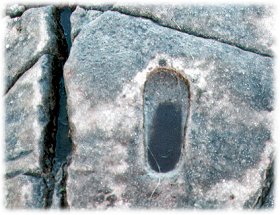
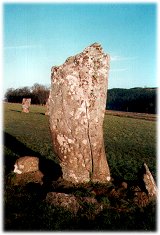
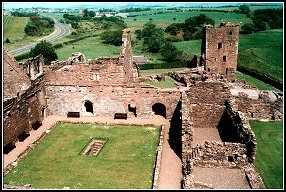
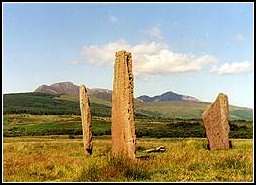
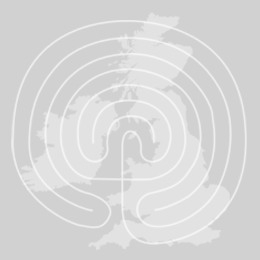
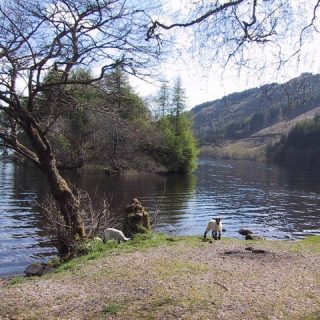
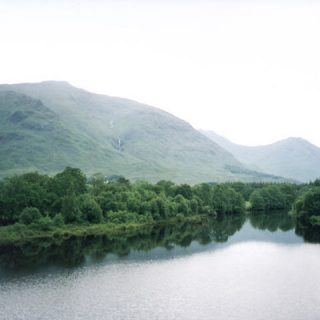
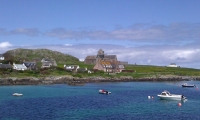
Recent Comments